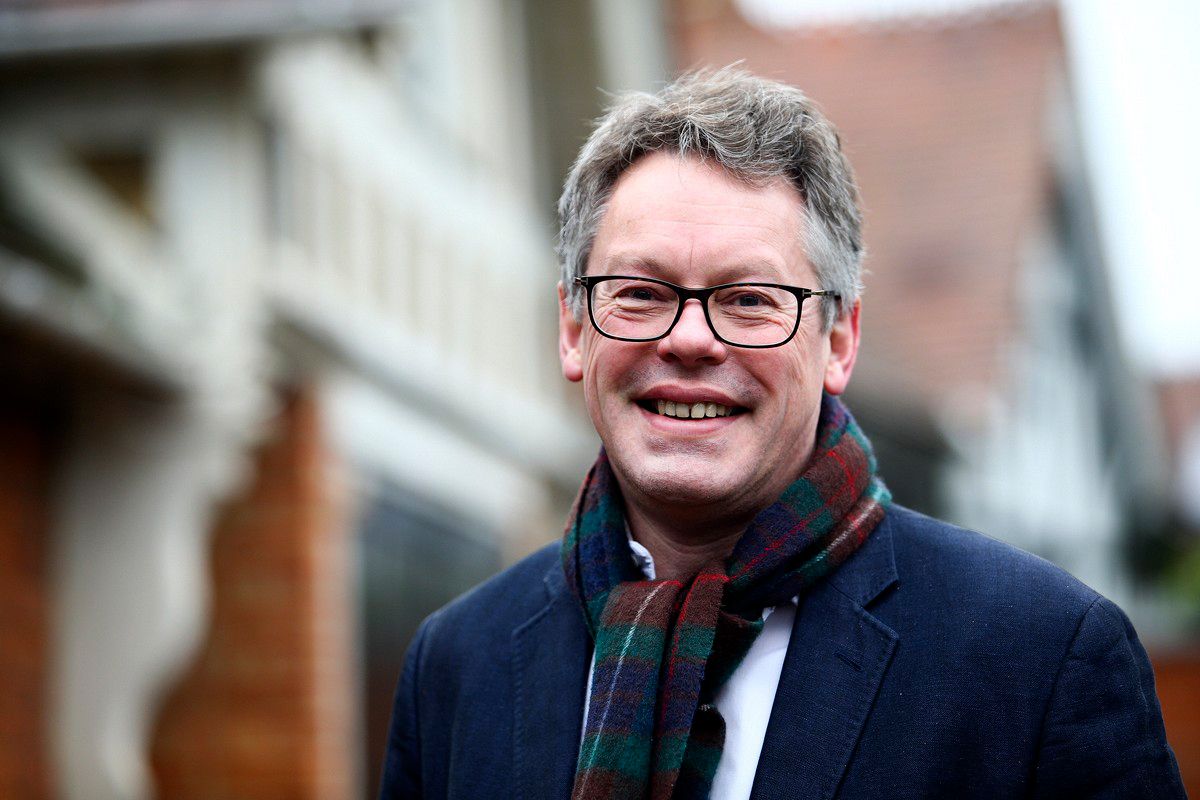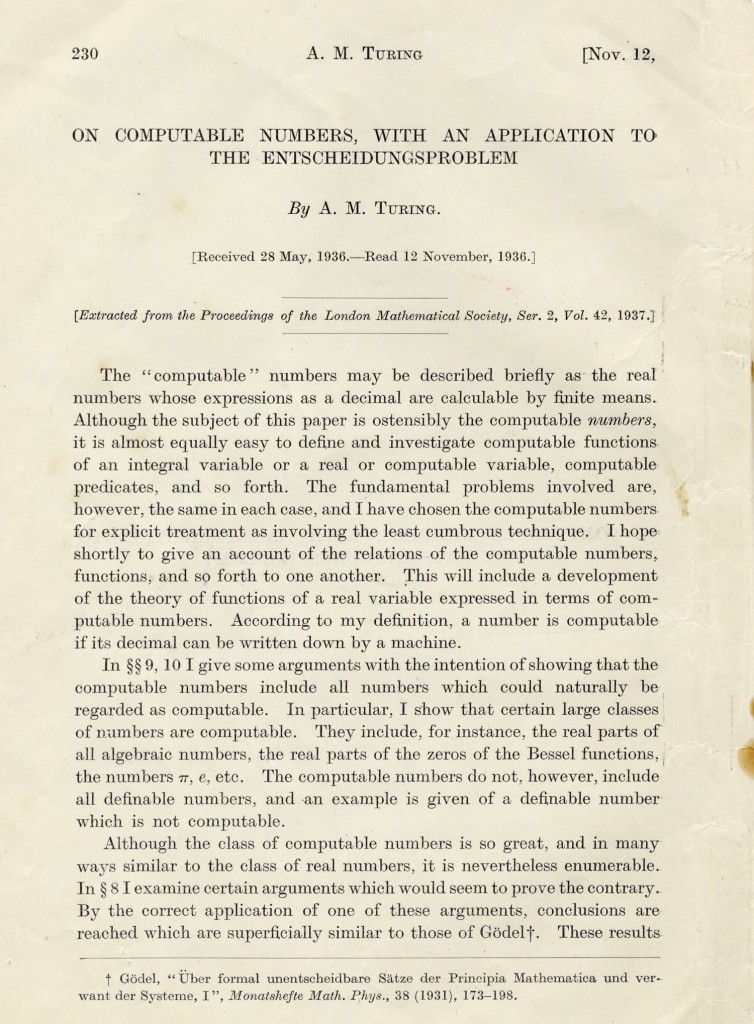
Postgraduate and undergraduate research students are welcome to make an enquiry through the contact form on the website. Please give as much detail of your specific area of research as possible.
Alan Turing and the Turing family
Alan Turing was born into a traditional British Empire family: his father worked in the Indian Civil Service, and his brother John (Dermot Turing’s father) was born in India. Alan, however, was born in England and never visited India.
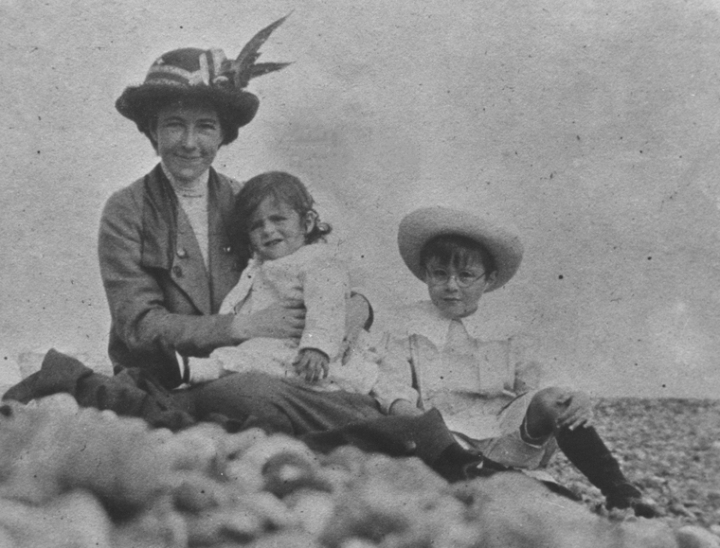
He was educated at Sherborne School, where the headmaster of the time had ensured that the mathematics and science departments were staffed by good quality teachers.
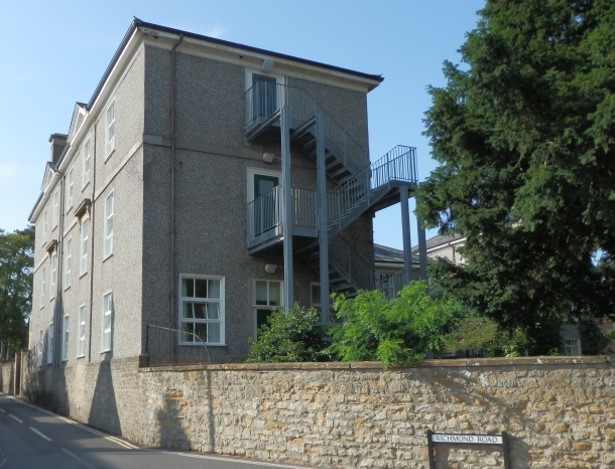
Alan Turing’s career took off when, while still a graduate student at King’s College Cambridge, he wrote his most famous paper, On Computable Numbers, with an Application to the Entscheidungsproblem. This paper is widely regarded as laying the theoretical foundations of computer science, a field in which Alan continued to work actively for the rest of his life.
He is probably best known for his work at Bletchley Park during World War 2, where he was a leading member of the team solving the many problems posed by the German Enigma enciphering machine, made famous by the movie The Imitation Game starring Benedict Cumberbatch.

After Bletchley, Alan Turing worked on computer design at the National Physical Laboratory, producing the design for the Automatic Computing Engine (ACE) by the end of 1945. He then moved to work with with M.H.A Newman in the new Royal Society Computing Laboratory at Manchester University in 1948. He caused quite a stir when he was interviewed by The Times newspaper:
…research would be directed to finding the degree of intellectual activity which a machine was capable of,and to what extent it would think for itself.
Alan Turing, The Times, 11th June, 1949
He went on to propose “The Turing Test” in his paper “Computing Machinery and Intelligence“, published in Mind in 1950. In this “Imitation Game” a computer pretends to be a human and the human judge has to judge whether she or he is dealing with a machine or another human being.

Alan Turing’s final field of research was on the growth and development of living things (morphogenesis). He postulated that the behaviour of the chemicals in a developing animal or plant might be modelled mathematically and that the model might give answers to questions about how a perfectly symmetrical object can develop into an organism that is asymmetrical with specialised parts. He published his paper “The Chemical Basis of Morphogenesis” in 1952. It is now viewed as one of the foumding theories of mathematical biology. At the time his work was purely theoretical, but recently scientists have been able to demonstrate Turing patterns forming as a result of the interaction of chemicals in several animal systems.
Alan Turing’s Legacy
Alan Turing founded computer science and artificial intelligence, he was one of the great mathematical logicians of the mid-twentieth century and also laid the foundations of mathematical biology.
His remarkable achievements were recognised in 2019 when he was voted as the nation’s icon of the 20th century in BBC Two’s Icons finale.
The Bank of England ‘unveiled’ the new plastic £50 note which features Alan Turing and which is due to be released in June 2021. The new design is not just a celebration of the well-known achievements of Alan Turing but gives us all a chance to reappraise his legacy. It is time to use this to look forward and inspire everybody, no matter their gender or race to fulfil their potential and contribute to the mathematical and scientific achievements of the future.
To quote the great man himself:
We can only see a short distance ahead, but we can see plenty there that needs to be done.
Alan Turing, 1950
Further sources of information
Dermot’s books on Alan Turing provide a wealth of information.
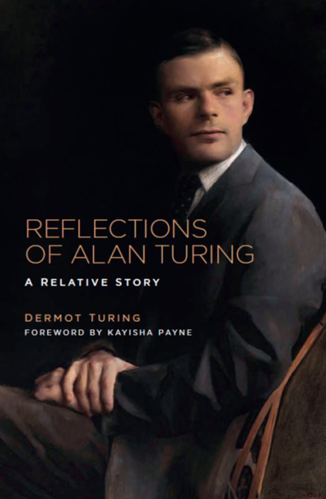
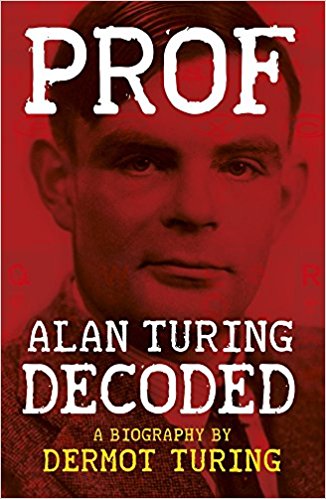
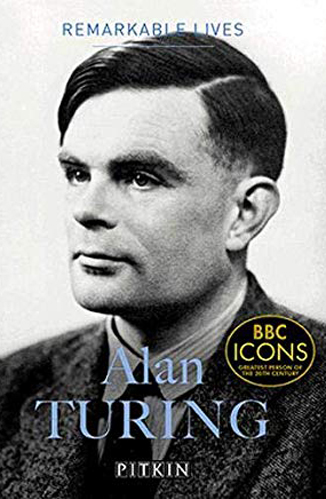
Dermot has also given many talks on the subject – the following are just a selection of those that are available:
Useful Websites
Alan Turing: The Enigma, maintained by biographer Andrew Hodges
The Turing Archive for the History of Computing, maintained by Jack Copeland and Diane Proudfoot
The Turing Digital Archive contains images of many of Turing’s letters, talks, photographs and unpublished papers that are held in the Turing collection at King’s College, Cambridge, as well as memoirs and obituaries written about him.
Sourcing Photographs of Alan Turing for a Publication or Documentary
The Turing family transferred its archive of photographs of Alan Turing to King’s College, Cambridge. They are held as part of the Turing Digital Archive under reference AMT/K/7. Requests for permission to reproduce can be sent to archivist@kings.cam.ac.uk or by post to: The Archivist, King’s College, Cambridge CB2 1ST.
